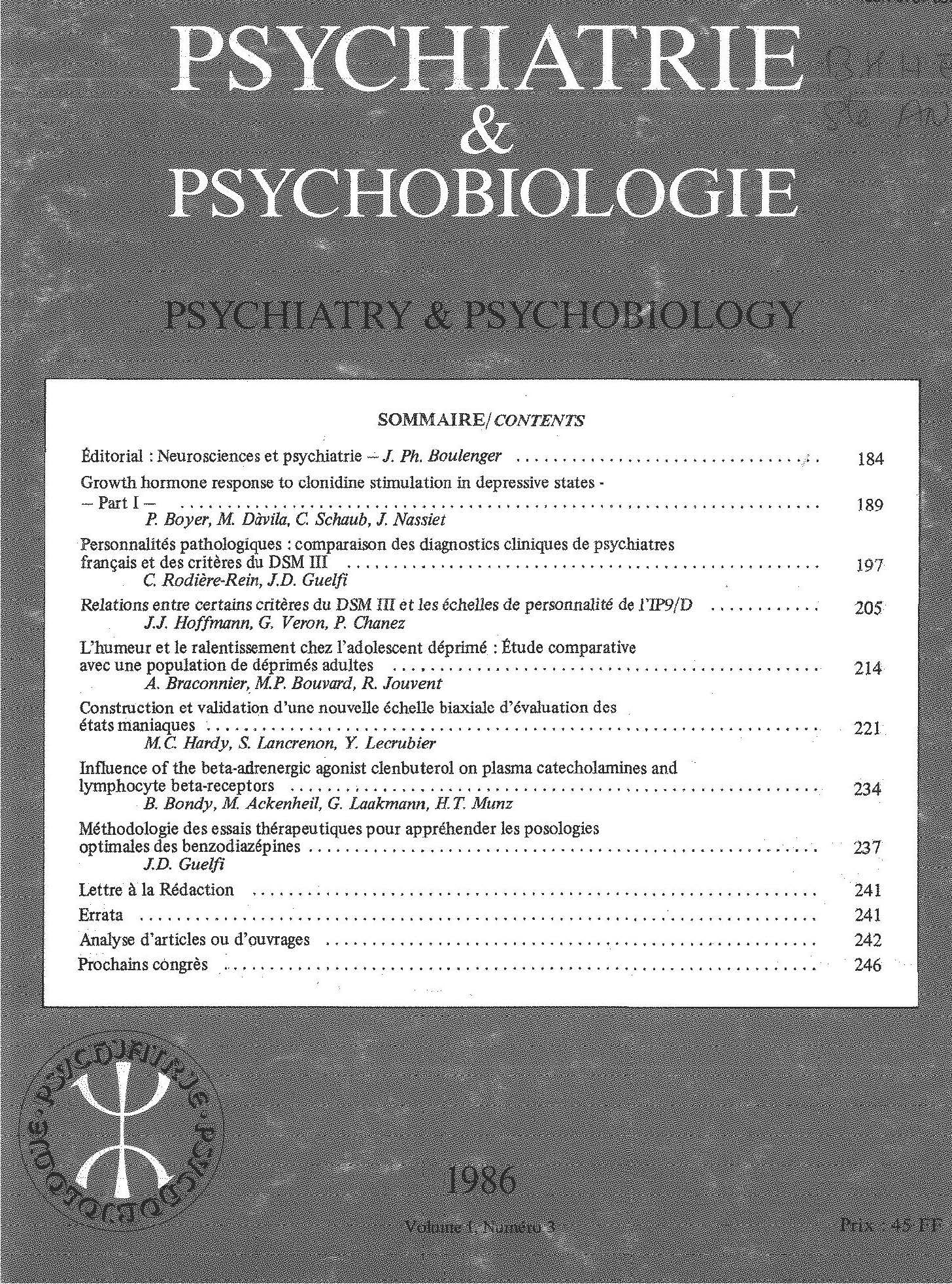Article contents
Language and communicative strategies of mentally retarded adolescents
Published online by Cambridge University Press: 28 April 2020
Summary
The present study was designed to evaluate the linguistic capacities of retarded adolescents. Four different settings of verbal interaction were suggested to seventeen retarded adolescents. The conversations of each dyad were recorded on audiotape and transcribed word for word, then analysed according to eighteen indices. The analyses focused on the differences between situations by measuring the indices as well as the relationships between the indices. The results indicate that although the discourse of retarded adolescents is repetitive, it is almost always informative and varies according to the status of the interlocutor. Moreover, regarding its developmental aspect, age appears to be a significant factor in the use of communicative strategies; such findings may have pedagogical applications.
Résumé
La présente recherche vise à evaluer l’utilisation de certaines stratégies de communication chez des adolescents handicapes mentaux. Quatre situations différentes d’interactions verbales ont été proposées à dix-sept adolescents handicapés. Les conversations de chaque dyade ont été enregistrées au magnétophone, transcrites mot à mot puis analysées en fonction de dix-huit indices.
L'analyse a porté sur la différence entre les situations, tant du point de vue des compétences mesurées en termes d’indices que du point de vue des relations entre les indices.
L’étude montre notamment que le discours des adolescents handicapés mentaux est presque toujours informatif et que le contrôle de la conversation varie en fonction du statut des interlocuteurs.
Par ailleurs, l’âge global de développement des sujets apparaît comme un facteur significatif quant à l’utilisation des strategies de communication, ce qui pourrait entraîner des incidences pédagogiques.
- Type
- Original article
- Information
- Copyright
- Copyright © European Psychiatric Association 1988
References
- 1
- Cited by



Comments
No Comments have been published for this article.